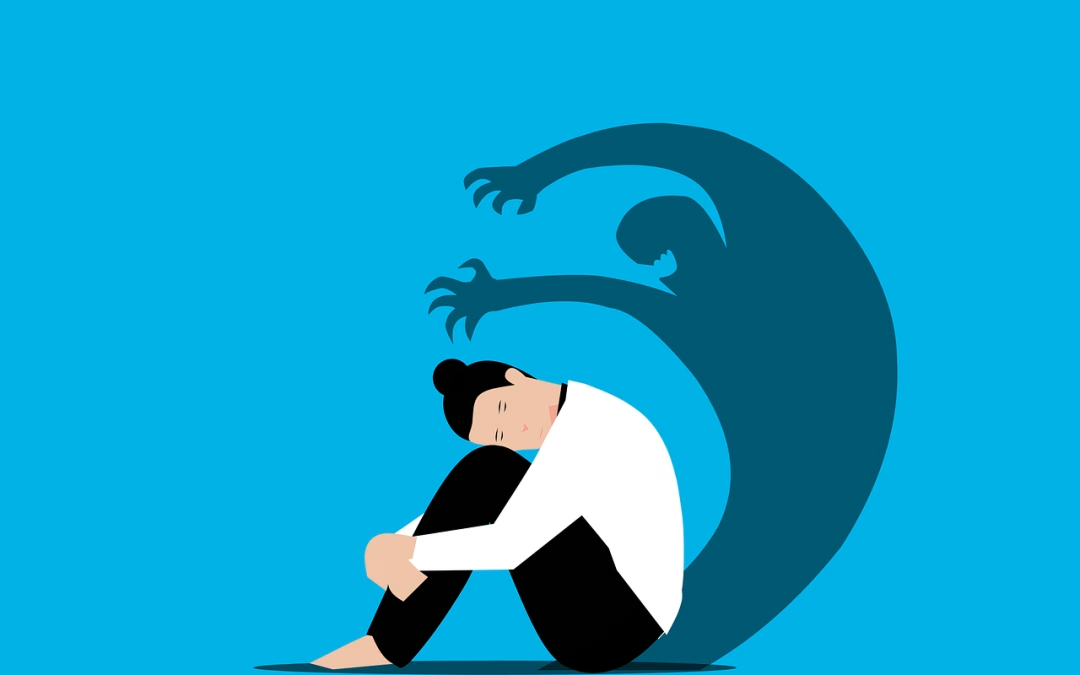Generalized anxiety: when the body and mind live in alertness
Generalized anxiety is not just being nervous or worried. It is a constant tension, a feeling that something is going to go wrong, even when everything seems to be fine. For the sufferer, it is like living with an internal alarm that never goes off, a state of vigilance that exhausts the body and scatters the mind.
An overactive mind, a body that does not rest
Anxiety manifests itself in many forms: insomnia, muscle tension, irritability, racing thoughts, difficulty concentrating. Many times, people feel that they cannot “turn their heads off”, as if they are trapped in a wheel of anticipation and worry.
This state does not come out of nowhere. It may be related to past experiences, family learning, demanding contexts or simply a heightened sensitivity to the environment. But what sustains it over time, many times, are thought patterns and habits that, without realizing it, feed the restlessness.
Interrupt the cycle
Getting out of the loop of generalized anxiety does not mean eliminating worry forever. It means changing the way we relate to it. In a holistic approach, this involves attending to what happens in the body, what is replayed in the mind, and what is avoided on a day-to-day basis.
– Observe thoughts: The anxious mind tends to imagine catastrophic scenarios, generalize mistakes and anticipate the worst. Learning to identify these ideas, questioning them and offering more realistic alternatives can reduce their impact.
– Return to the present: Many people with anxiety live stuck in the future, fearing what is to come. Simple techniques such as mindful breathing, mindfulness or contact with the senses help to anchor the experience in the now.
– Modify small routines: Sometimes, anxiety is amplified by habits that reinforce it: excessive caffeine, lack of rest, constant multitasking. Introducing breaks, taking care of sleep and setting limits are practical ways to take care of the nervous system.
– Gradual exposure to what is feared: Many times what generates anxiety is avoided, which reinforces the fear. Taking small steps towards what is feared -always with support and containment- can deactivate that internal alarm over time.
Caring without controlling
One of the biggest challenges of generalized anxiety is the need to control everything in order to feel some calm. But lasting relief comes not from rigid control, but from flexibility: learning to tolerate uncertainty, to not react automatically, to let a concern pass without needing to resolve it at that moment.
This does not mean resigning oneself, but finding new ways to respond. With time, practice and accompaniment, it is possible to re-educate the mind, strengthen the body and recover a sense of inner security that does not depend on everything being “under control”.
A path to real calm
Generalized anxiety does not define anyone. It is a state, not an identity. With the right approach-including practical tools, attention to the emotional and a compassionate outlook-one can move toward a calmer, more present life.
Calm doesn’t always come all at once, but it can be built, step by step, with patience, awareness and direction.
IPITIA Team
April, 2025





